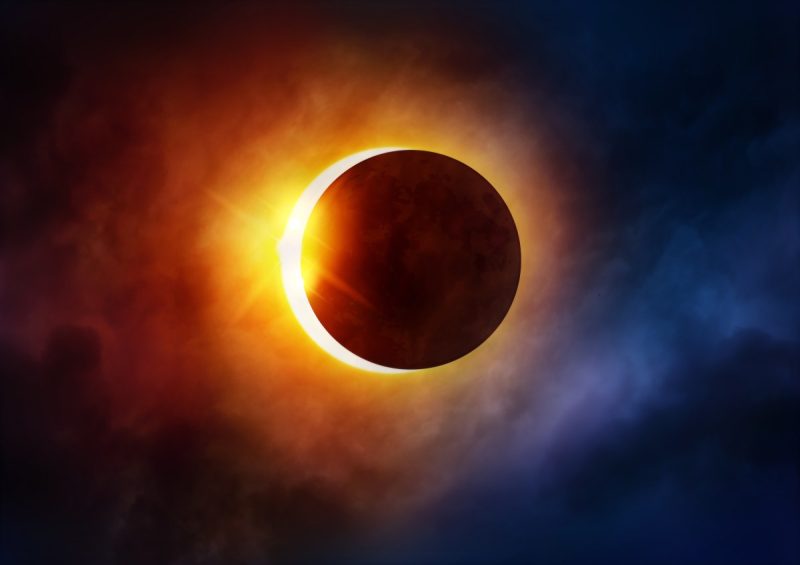
Get ready for a celestial spectacle unlike any other! NASA’s meticulous calculations, based on the Five Millennium Canon of Solar Eclipses, predict an incredibly long total solar eclipse on July 16th, 2186. This astronomical event is projected to last a staggering 7 minutes and 29 seconds, a duration unseen in over 10,000 years and edging close to the theoretical maximum of 7 minutes and 32 seconds.
This extraordinary length is due to a near-perfect alignment of the Earth, Moon, and Sun, a rare orbital dance that creates ideal conditions for an extended period of totality. Imagine the darkness, the awe-inspiring corona, and the sheer length of this breathtaking event – a once-in-a-millennium experience!
While current generations won’t witness this event firsthand, the prediction underscores the impressive accuracy of modern astronomical models. NASA’s publicly accessible eclipse database, a trove of information for scientists and enthusiasts alike, confirms the date and duration with mathematical precision. The event’s visibility will primarily be over the Atlantic Ocean, with parts of South America and West Africa also getting a glimpse of the celestial show.
Typical total solar eclipses last between two and four minutes. Even highly publicized events like the 2017 US eclipse or the April 2024 eclipse barely exceeded four minutes. This makes the 2186 eclipse not only exceptionally long but also historically unique, a truly singular phenomenon in millennia of recorded astronomical history.
This remarkable prediction highlights the power of science to foresee cosmic events with extraordinary accuracy, years, even centuries in advance. It’s a powerful reminder of the vastness and wonder of the universe, sparking both scientific curiosity and a sense of cosmic perspective. For now, we can only dream and eagerly await the future reports and images from this extraordinary event. While we might not be around to see it, knowing it’s coming is a testament to the power of human understanding and scientific pursuit.










